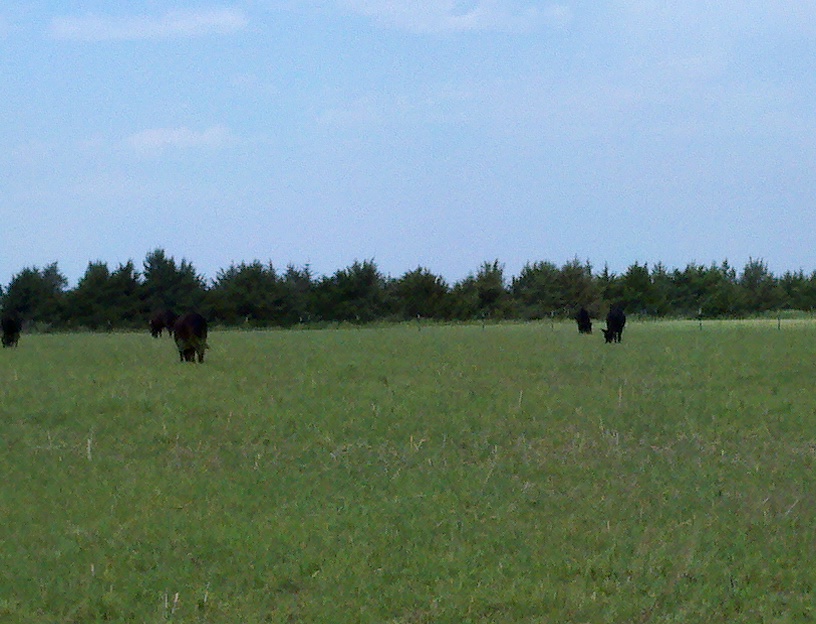
By Karla H. Jenkins, UNL Cow/Calf, Range Management Specialist
Late March or early April is the time to plant spring forage cocktails for beef cattle grazing. Spring forage cocktails can be planted as a way of shortening fallow time between crop rotations or they could be planted as part of a series of annual forage crops to be used through the grazing season. Typically forage cocktails will contain at least one legume, at least one annual grass, and a deep rooted crop such as turnips or radishes. While these are often planted for their benefit to the soil, they can also be a source of grazing for beef cattle when perennial pastures are limited or grazing needs to be deferred.
Research conducted at the High Plains Ag Lab near Sidney, NE included forage peas, oats, and turnips planted at 40, 40, and 2 lb/ac, respectively. Crop ground should be fertilized based on soil test results prior to planting. In each of the three years these forage cocktails were planted at the High Plains Ag Lab growth was limited until June. This was most likely due to the fact that at an altitude of over 4,000 ft. the soil temperature just does not warm up enough to promote a lot of growth much sooner than that. More than likely, at lower elevations with adequate rainfall or irrigation, growth could be enough to initiate grazing in May.
In 2011 and 2012 forage cocktails in the research trial were grazed for the month of June. The forage was then chemically killed to preserve moisture for the fall planted wheat crop. Producers might also consider grazing spring forage cocktails through June and then planting another forage crop for fall or winter grazing. In 2011 the crop ground was not fertilized prior to planting the forage cocktail. Rainfall for April, May, and June was 12.1 inches. In 2012, 30 lb. N/ac was applied prior to planting but the rainfall for April, May, and June was only 3.6 inches. Total dry matter tons/acre was 0.55 and 0.74 in 2011 and 2012, respectively. The animal unit months (AUM)/acre were 0.40 and 0.53 in 2011 and 2012, respectively. It appears that with proper fertilization, adequate moisture and growing degree days you would probably see additional forage production.
In the research trial, samples were taken to determine forage quality for beef cattle. In vitro dry matter digestibility (similar to total digestible nutrients or TDN) was between 62 and 70% and crude protein was about 9%. The quality of forage cocktails makes them suitable forage for stocker or newly weaned calves and could provide much needed deferment for perennial pastures. A more in depth report of these research findings can be accessed from the 2013 Nebraska Grazing Conference proceedings (http://grassland.unl.edu/nebraskagrazingconference).